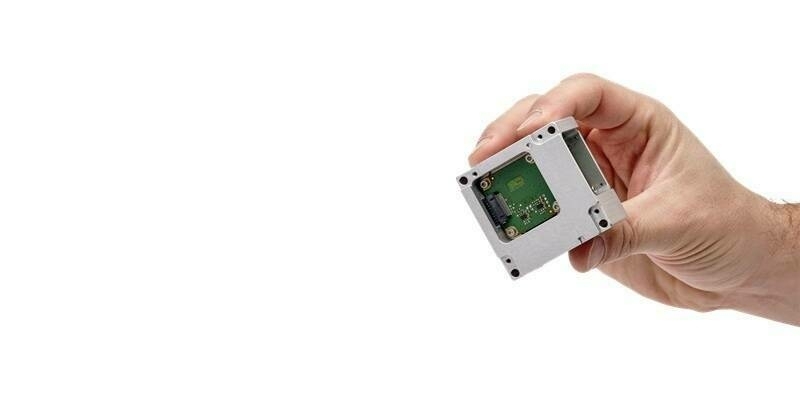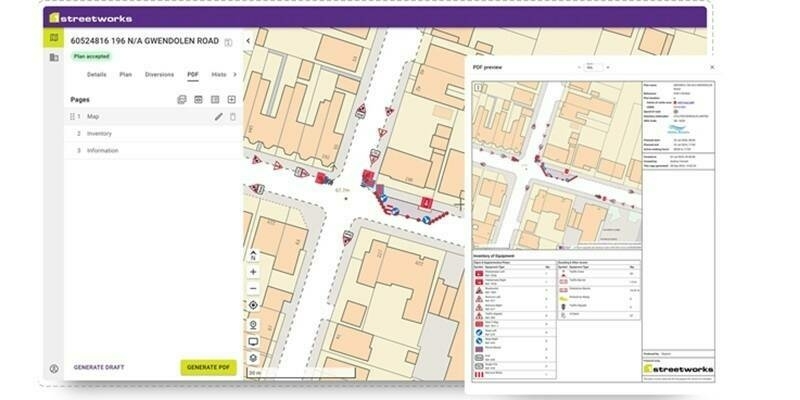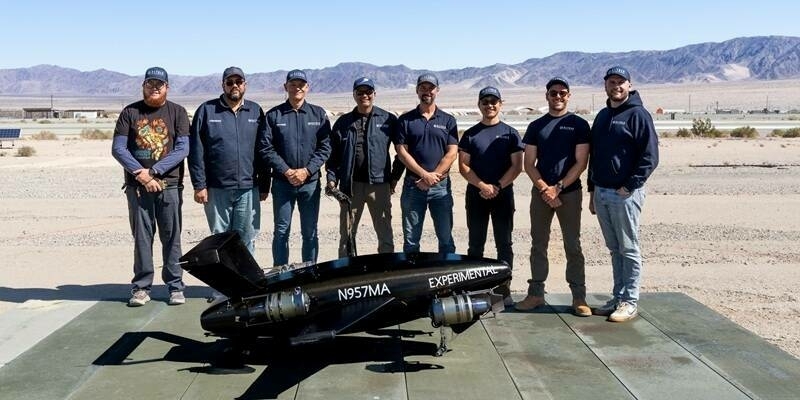The satellite, built in Stevenage, UK, by Airbus and owned by the European Space Agency (ESA) and controlled from their operations centre in Darmstadt, Germany, relies on software developed by the Bristol team.
ESA’s Aeolus satellite is the first satellite designed to measure wind speed from space. It uses a powerful ultra-violet laser that illuminates fine particles of dust caught in the atmosphere. Being in a polar orbit means that it will scan the whole Earth every seven days.
Two specialist teams at Bristol-based Space UK division developed the onboard software (OBSW) and a bespoke Operational Simulator.
The innovative company supplies software solutions based on critical system technology for both onboard software and mission operations on the ground.
The Aeolus mission was first approved by the European Space Agency in 1999 and work commenced in early 2004. Most ESA missions use SCISYS onboard software, in either mission preparation or during spacecraft operations.
“This has been an exceptionally long-running project, and a lot of people have worked on the software for many years”, said Glenn Johnson, Flight Software Technical Lead at the SCISYS Space UK division. “It’s a relief to see the satellite finally make it into space”.
Aeolus is designed to last at least three years, during which time the OBSW will ensure the correct orientation of the satellite, manage the flow of scientific data to the ground and control the operation of the laser. The OBSW is also responsible for adjusting the orbit when necessary and keeping the satellite at a stable temperature.
The Bristol team also created an Operational Simulator for the Aeolus mission. This is an essential support tool for operators in their mission-preparation activities and to validate ground-segment elements and interfaces prior to launch. The simulator is a key risk-mitigation solution and is used to test the onboard software pre- and post-launch to ensure it meets mission requirements.
Most of the work on the software for Aeolus was completed by 2010, but problems with the optics of the powerful laser meant that changes were needed to the satellite design. This required further software solutions to be developed by the SCISYS team.
Fourteen years after work on the mission began, the final software was delivered at the start of 2018. Since then, the team has kept a close eye on launch preparations, as reported on, http://blogs.esa.int/eolaunches/ and http://www.esa.int/aeolus.
Of course, the SCISYS team watched the Aeolus launch with great anticipation and they wish the satellite a successful mission.
Subscribe to our newsletter
Stay updated on the latest technology, innovation product arrivals and exciting offers to your inbox.
Newsletter

